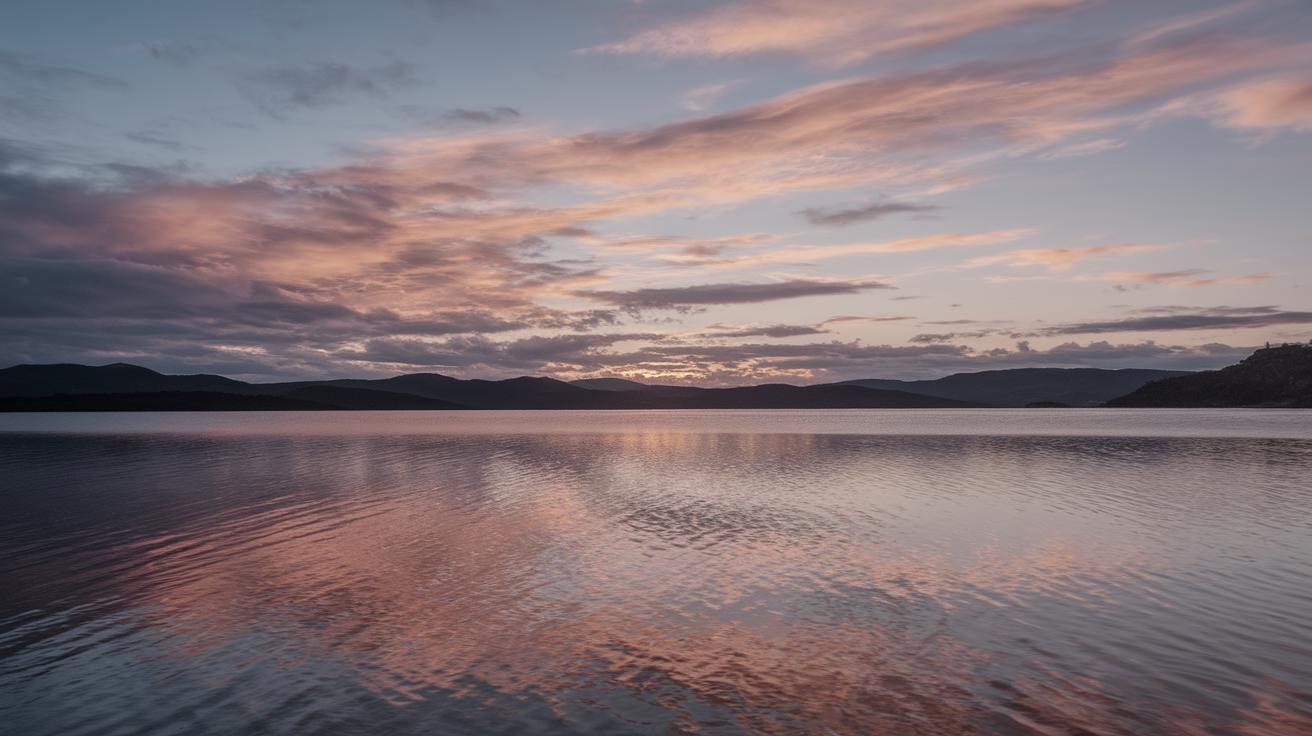The Benefits of Shooting in RAW Format
Shooting in RAW format is a game-changer for photographers seeking the highest quality images and post-processing flexibility. Unlike JPEGs, RAW files retain all the data captured by the camera’s sensor, allowing for unparalleled detail, dynamic range, and customizable adjustments. In this article, we’ll delve into the numerous benefits of RAW photography, from enhanced image quality to greater creative control during editing. We’ll explore how this format can elevate your photographic endeavors and ensure your work stands out. So whether you’re a seasoned professional or an enthusiastic amateur, understanding the advantages of RAW can significantly impact your approach to capturing the world through your lens.
Rate this article
Shooting in RAW format allows for a significantly higher level of image quality compared to other formats like JPEG. When you shoot in RAW, you retain all the information captured by the camera sensor. This extra data is crucial for producing better quality images, particularly when it comes to printing enlargements. The level of detail and precision available in a RAW file ensures that every nuance of your image can be fine-tuned, leading to far superior results.
Moreover, the benefits of RAW extend to higher dynamic range. Your camera captures a more comprehensive tonality range, meaning you can recover details in both shadows and highlights. This capability is indispensable in high-contrast scenes, offering more natural gradations and richer textures. For photographers aiming for a professional finish, this greater dynamic range available in RAW files is invaluable.
Thanks for your feedback
Flexibility in post-processing is another standout advantage of shooting in RAW. Unlike JPEGs, where the camera makes irreversible compression decisions, RAW files give you full control over editing choices. Adjusting exposure, white balance, and sharpness without degrading image quality is uniquely possible with RAW. This flexibility can be an artistic boon, allowing you to push creative boundaries without fear of losing image integrity.
Additionally, RAW files enable non-destructive editing, a significant advantage for iterative workflows. You can modify and revisit edits endlessly while the original file remains untouched. This capability supports experimenting with different styles and techniques, providing photographers the freedom to explore and perfect their vision over time.
Tell us more
Shooting in RAW also facilitates superior color management. While JPEGs may cripple your color choices by compressing colors into a limited space, RAW files offer a broader color gamut. This means more vibrant and accurate color reproduction, critical for photographers who need their images to reflect true-to-life hues or wish to manipulate them for creative effects.
Furthermore, RAW format catalogs metadata extensively, supporting better image organization and retrieval. With more comprehensive data embedded in each RAW file, photographers can easily search and manage their libraries, a significant advantage for large-scale photo projects or diversified portfolios.
More articles on Photography
When considering shooting in RAW, you should take into account the file size, as RAW files are significantly larger than JPEGs. While this might seem like a downside, the trade-off is well worth it for the quality and flexibility RAW offers. Invest in higher capacity storage solutions to prevent file size from becoming an issue, as the benefits of RAW make it an investment in your artistic abilities.
Lastly, shooting in RAW requires a commitment to learning and utilizing sophisticated software for post-processing. However, this learning curve presents a worthwhile endeavor, boosting your skills and propelling your photography further. Mastering RAW processing software unlocks exponential growth opportunities as you harness the true potential of your captured scenes.
Are you sure you want to delete your contribution?
Adopting the RAW workflow can find you contributing significantly to the artistic community. Because RAW files maintain the highest image quality, they are more likely to be appreciated by galleries and publications seeking striking images. Your unique contributions get retained with the same fidelity as they were captured, providing a permanent record of your creative work.
Moreover, sharing tips or guides based on your experiences can give back to the photography community, helping others achieve higher quality in their own images. Such contributions further enrich the collaborative environment of photographers worldwide and can inspire more compelling visual stories.
Are you sure you want to delete your reply?
The ability to go back and tweak any aspect of your image without concern builds confidence in your workflow, encouraging communication and exchanges among peers. When you remove worries about quality loss from the equation, feedback sessions become more fruitful, focusing on aesthetics and storytelling rather than technical corrections.
This open forum for discussion enables photographers to grow collectively, fostering an environment of shared learning and mutual improvement. RAW shooting propels this culture, democratizing high-quality image editing and making professional-grade outputs accessible to all levels of photographers.
Megan Squires
Renowned photographer Megan Squires emphasizes how shooting in RAW has transformed her approach to post-processing and image readiness. “By jumping into RAW, I discovered a new universe of detail and flexibility,” she states. Her journey reflects the transformative potentials lurking within RAW files, encouraging others to embrace this format for their work.
Recent Posts by Megan Squires
-
1
The Art of Capturing Golden Hour Portraits
-
2
Understanding Color Theory in Photography
-
3
Top 5 Must-Have Lenses for Any Photographer
-
4
Exploring Minimalist Composition in Landscape Photography
-
5
How to Develop Your Own Unique Style
-
6
The Role of Lighting in Black and White Photography
-
7
Preparing for Your First Photography Exhibition
Final thoughts on RAW Shooting
| Benefit | Description |
|---|---|
| Enhanced Image Quality | Retains all data from the camera sensor for higher quality outputs. |
| Greater Dynamic Range | Enables detailed recovery in shadows and highlights. |
| Flexibility in Post-Processing | Allows extensive edits without image degradation. |
| Superior Color Management | Offers a broader color spectrum for accurate reproduction. |
| Comprehensive Metadata | Facilitates better image organization and management. |


